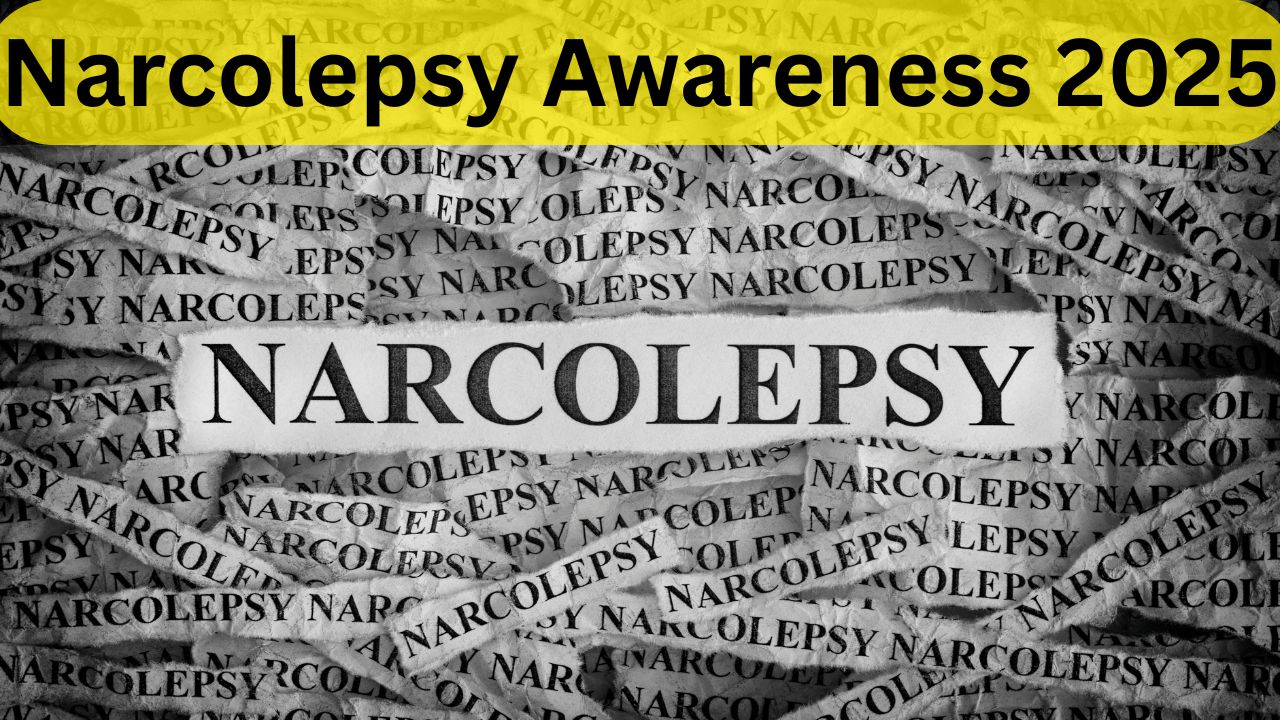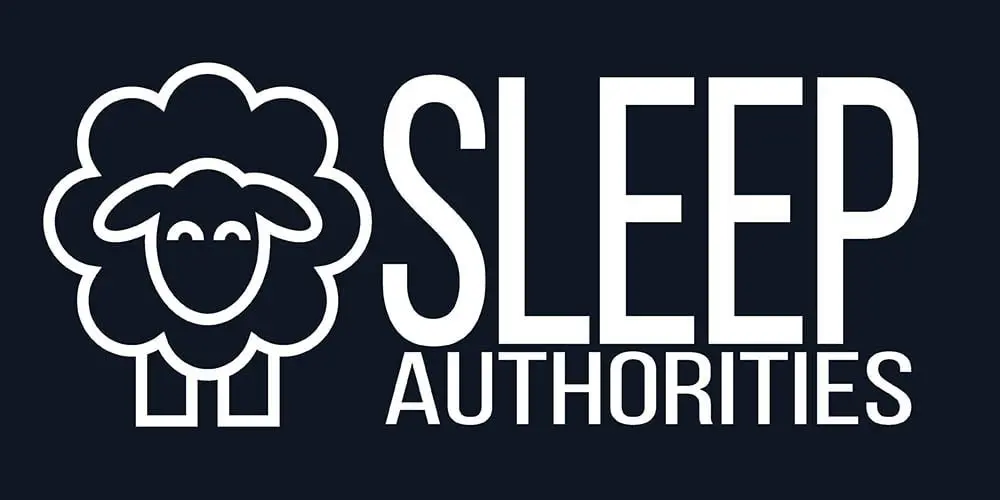Living with narcolepsy is often misunderstood and deeply challenging. For Henry Nutig, it took 13 long years to finally receive a formal diagnosis. During this time, he battled constant daytime sleepiness, disrupted nights, and feelings of frustration without answers. Like many others, Henry experienced misdiagnoses, stigma, and the emotional toll of living with an invisible disorder. His journey highlights how crucial awareness, community support, and persistence are for those facing narcolepsy.
How Has the SLEEP IN Campaign Helped?
The SLEEP IN campaign, organized by Project Sleep, became a beacon of hope for Henry. It helped raise public awareness about narcolepsy and allowed him to share his story with friends and family who were previously unaware of his condition. Beyond awareness, the campaign connected him with others facing similar struggles, fostering a powerful sense of belonging and solidarity among people with sleep disorders.
Is Telling People You Have Narcolepsy a Difficult Conversation?
Henry admits that telling people he has narcolepsy can sometimes be difficult. Many misunderstand the disorder, assuming it’s simply about feeling tired. Popular media often portrays narcolepsy incorrectly, leading to misconceptions. By explaining symptoms like excessive daytime sleepiness, sleep paralysis, and nighttime disturbances, Henry educates others and challenges stereotypes surrounding narcolepsy.
What Does Narcolepsy Feel Like?
Henry describes living with narcolepsy as feeling like being awake for 48 to 72 hours straight—constantly exhausted yet unable to achieve restful sleep. Despite spending nights in bed, people with narcolepsy often wake up just as tired as when they laid down. Misconceptions abound: rather than sleeping excessively, those with narcolepsy experience fragmented sleep, frequent awakenings, and disrupted sleep cycles that leave them fatigued throughout the day.

The Biggest Challenges of Living With Narcolepsy
One of the toughest challenges Henry faces is balancing daily responsibilities while managing his symptoms. Working a full-time job, handling household tasks, and trying to keep up with everyday demands require constant adjustment. Medications help, but they need regular monitoring and adjustment with his doctor. Henry emphasizes the importance of being self-aware, especially before driving, and knowing when it’s not safe to be behind the wheel.
Has It Been a Life-Long Process?
Yes. Over time, Henry had to adapt his lifestyle as his symptoms progressed. Activities that were once routine, like driving long distances in one day, became increasingly difficult. Now, he plans his trips more carefully, often staying overnight to avoid the risks associated with fatigue. Accepting and adjusting to his limitations has been a gradual but necessary process.
Managing Fatigue After a Work Day
Fatigue doesn’t end with the workday. Henry points out that managing narcolepsy involves not just daytime tiredness but also dealing with the effects of stimulant medications. After working all day on medication, the “crash” that comes when stimulants wear off makes evenings especially exhausting. Balancing treatment side effects with his underlying fatigue is a daily struggle.
One Word to Describe Life With Narcolepsy
When asked to sum up his experience in one word, Henry chooses “frustrating.” Constant tiredness, misunderstandings from others, and the need to constantly self-monitor make life with narcolepsy an ongoing challenge. Yet through all the frustration, he continues to find resilience and build connections with others who understand his journey.
The 13-Year Path to a Diagnosis
For Henry, getting a narcolepsy diagnosis wasn’t straightforward. It took 13 years of unexplained symptoms before he finally found answers. His journey involved years of living with excessive sleepiness, frequent awakenings, and cognitive difficulties that didn’t fit neatly into any other diagnosis.
The Diagnosis Process: Struggles, Misdiagnoses, and Sleep Studies
Throughout his journey, Henry faced multiple misdiagnoses. His symptoms were often mistaken for depression, anxiety, or general fatigue. It wasn’t until he was referred to a sleep specialist that he underwent proper testing, including an overnight sleep study and a Multiple Sleep Latency Test (MSLT). These studies finally confirmed that Henry had narcolepsy—a diagnosis that explained the challenges he had endured for so long.
How It Felt to Finally Get Diagnosed
Henry describes receiving the diagnosis as a mix of emotions: relief, validation, and sadness. On one hand, it was empowering to finally have a name for what he was experiencing. On the other, it meant accepting a lifelong condition that would require ongoing management. Having a diagnosis also allowed him to find the right treatment, support groups, and resources he had long needed.
Misconceptions About Narcolepsy
Henry often encounters misconceptions about narcolepsy. Some people believe narcolepsy is simply about “falling asleep randomly,” when in reality it’s a complex neurological disorder. Symptoms like sleep paralysis, hallucinations, disrupted nighttime sleep, and cataplexy (sudden loss of muscle control) are often overlooked. Educating others about the real nature of narcolepsy has become an important part of Henry’s advocacy journey.
Life Lessons Learned Through Living With Narcolepsy
Living with narcolepsy has taught Henry many valuable lessons. He’s learned to listen to his body, prioritize rest, and advocate for himself in healthcare settings. Henry emphasizes the importance of persistence—both in seeking proper medical care and in living a fulfilling life despite chronic challenges. Adaptability and patience have become key traits he leans on daily.
Finding Community and Support
Discovering organizations like Project Sleep and participating in awareness campaigns such as SLEEP IN helped Henry feel less isolated. Connecting with others who truly understand the narcolepsy experience brought him comfort and encouragement. Online support groups, advocacy events, and educational outreach have been vital in building his sense of belonging and purpose.
Final Thoughts and Advocacy for Sleep Research
Henry’s journey highlights the urgent need for better education about narcolepsy—not only among the public but also within the medical community. He strongly supports ongoing sleep research, advocating for earlier diagnoses, better treatments, and increased understanding of sleep disorders. By sharing his story, Henry hopes to inspire others with narcolepsy to seek support, speak up, and know they are not alone.





